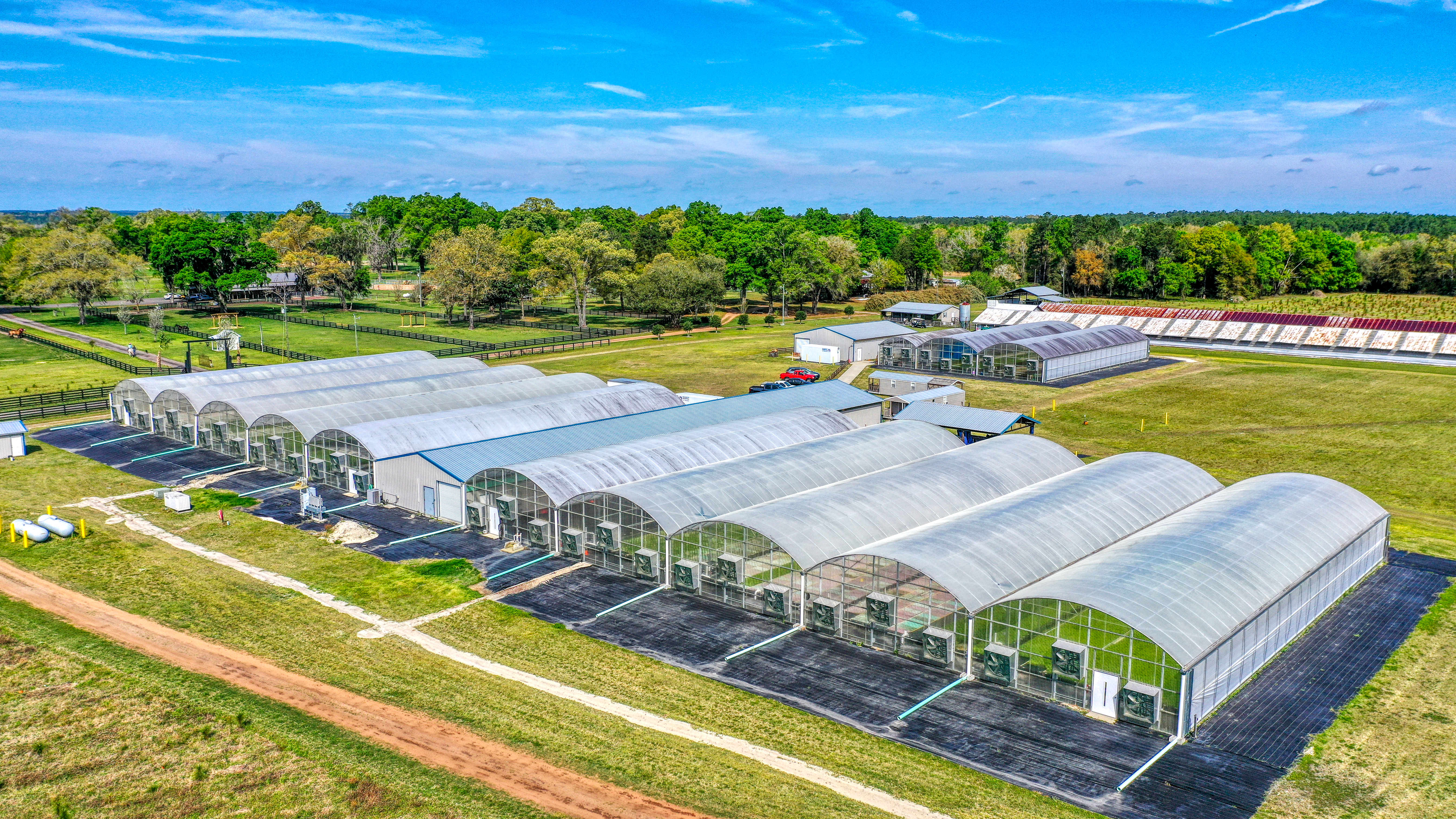
2 minute read
FOOD IN HISTORY | Farming in Florida
HISTORY OF FARMING IN FLORIDA FOOD IN HISTORY
Florida's agricultural history is as vibrant as its sunny climate. Before European colonization, indigenous peoples practiced agriculture, cultivating crops like maize, beans, squash, and even fruits like guava and papaya. In the 16th century, Spanish explorers introduced citrus fruits, sugarcane, and other crops to Florida. However, it wasn't until the late 19th and early 20th centuries that Florida's agricultural industry truly blossomed, thanks to advancements in irrigation and transportation, such as the arrival of railroads. Citrus became king in Florida, with oranges, grapefruits, and tangerines dominating the landscape. The state also became known for its vast sugar cane fields, vegetable farms, and cattle ranches. Today, Florida's agriculture is diverse and dynamic. The state leads the nation in the production of oranges, grapefruits, sugarcane, tomatoes, watermelons, and many other crops. Its subtropical climate allows for year-round production, making it a crucial player in the U.S. agricultural market. Looking to the future, Florida's agricultural industry is poised for innovation and sustainability. With the increasing demand for organic and locally sourced produce, there's a growing trend towards small-scale farming and agri-tourism. Technology, such as precision agriculture and hydroponics, is revolutionizing how crops are grown, maximizing efficiency and minimizing environmental impact. Moreover, climate change presents both challenges and opportunities. While rising temperatures and extreme weather events pose threats to traditional crops, they also open doors for new varieties that are more resilient to heat and drought. O ll Fl id ' icultural future looks promising, with a continued focus on sustainability, i ptability to meet the demands of a changing world while preserving the s al heritage.










